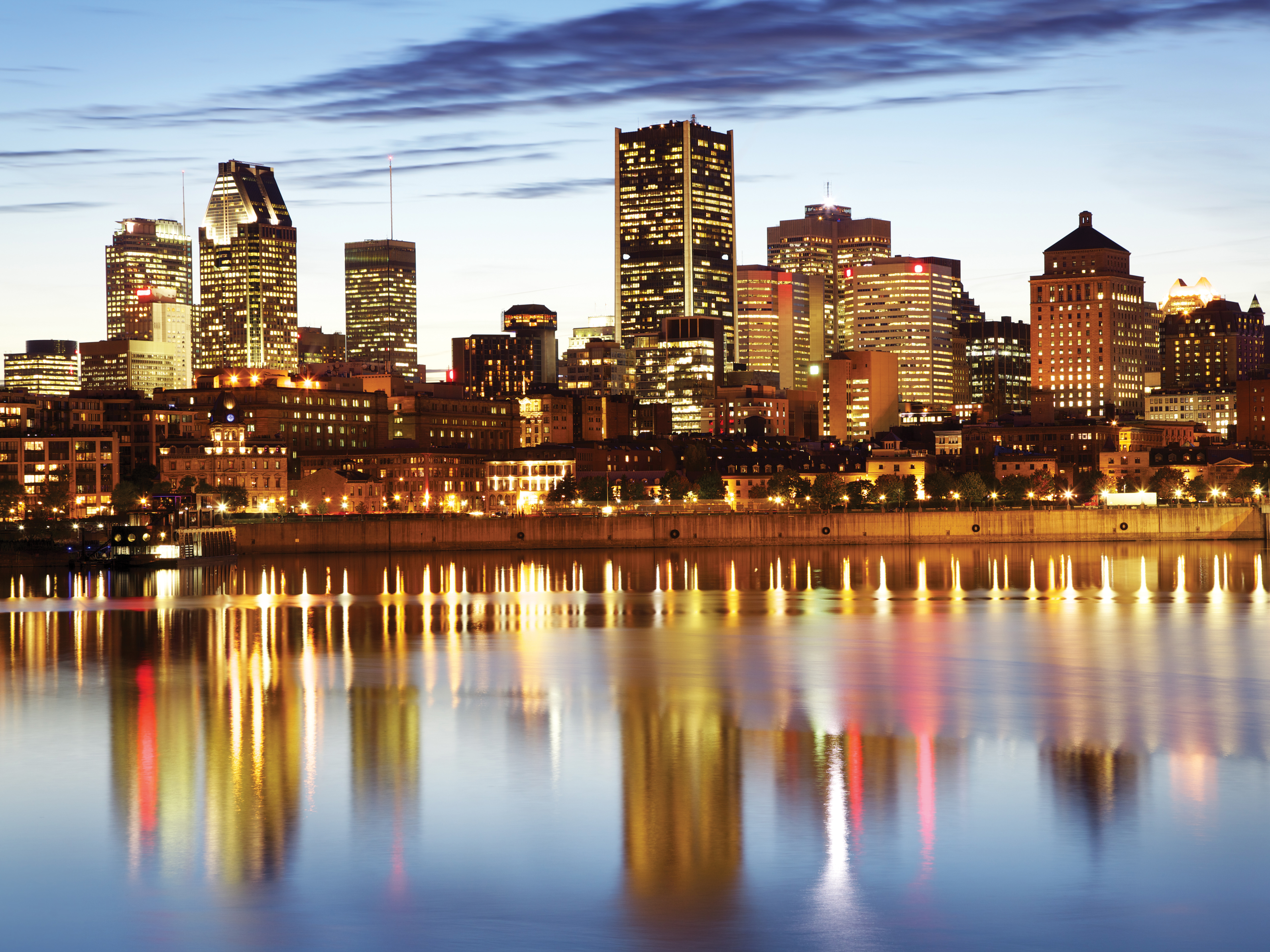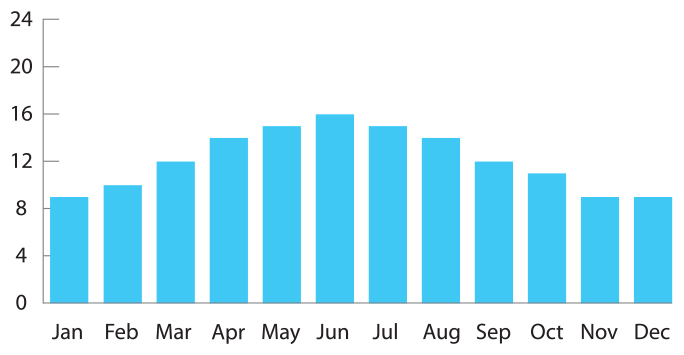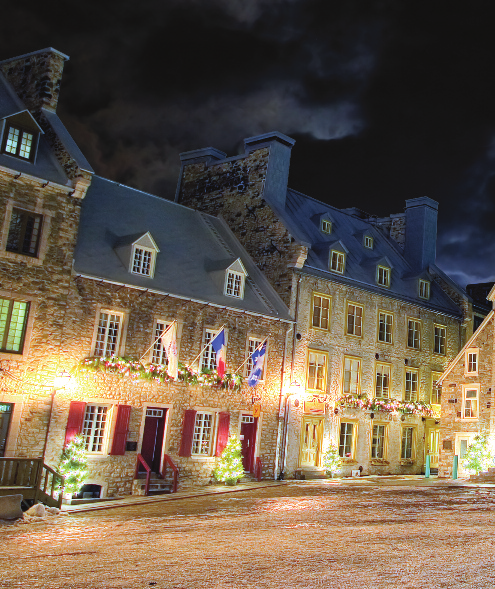The city of Montreal offers a number of signifi- cant advantages for our company, including a qualified workforce and vibrant film and video game industries. Those strengths will no doubt contribute to Cinesite Inc’s success in the Americas and to raising the profile of Quebec and its largest urban centre around the globe.
Antony Hunt, Managing Director of Cinesite VFX



